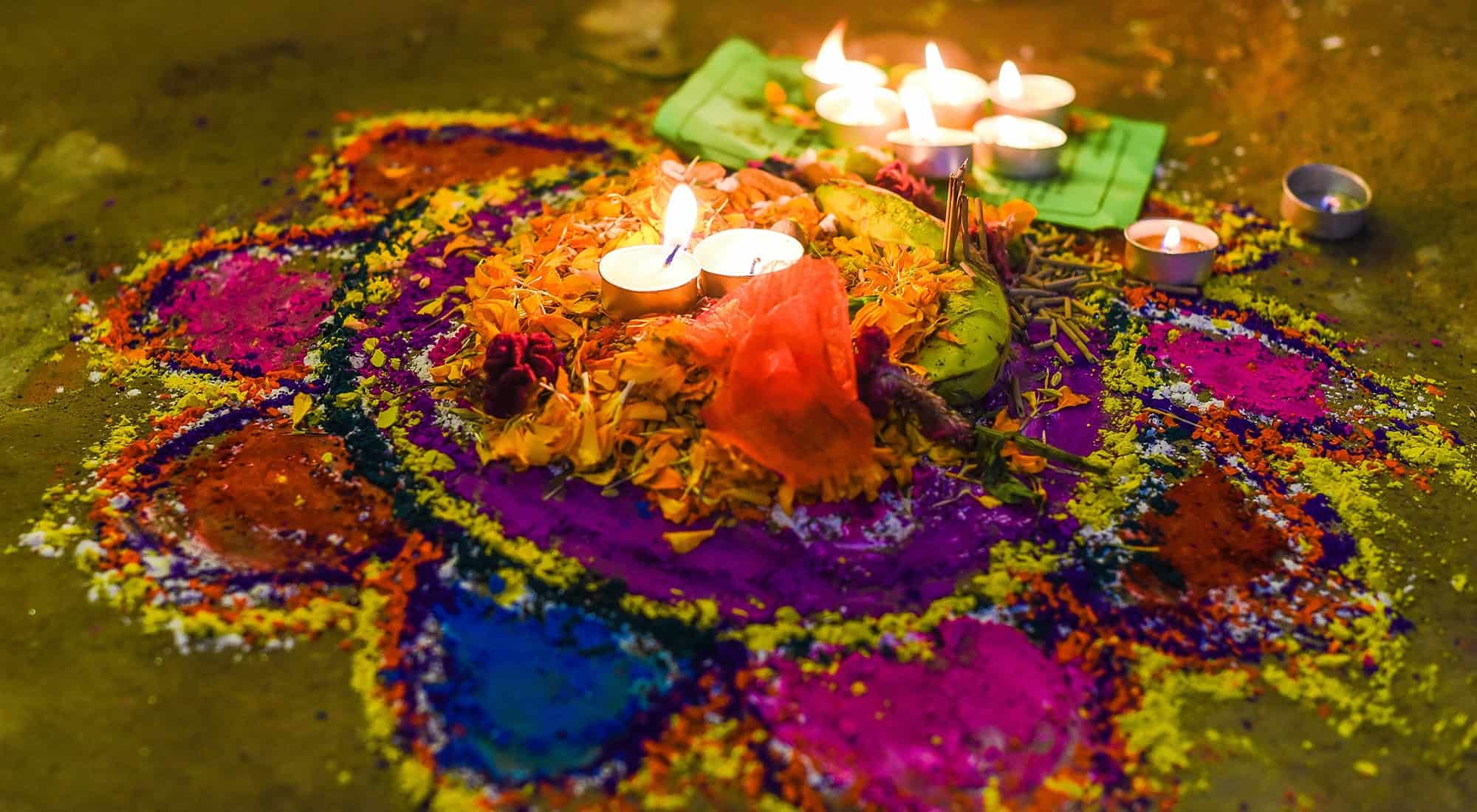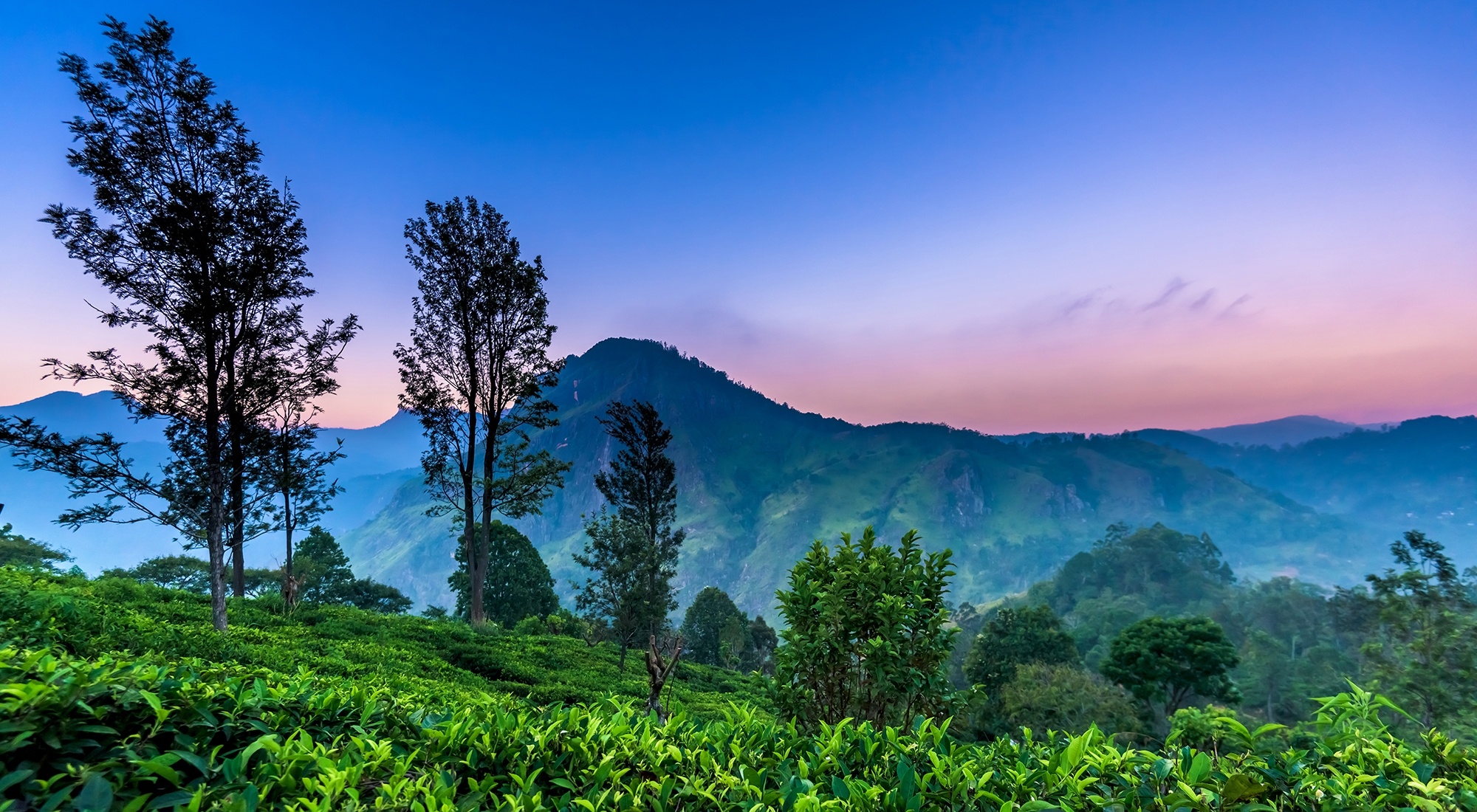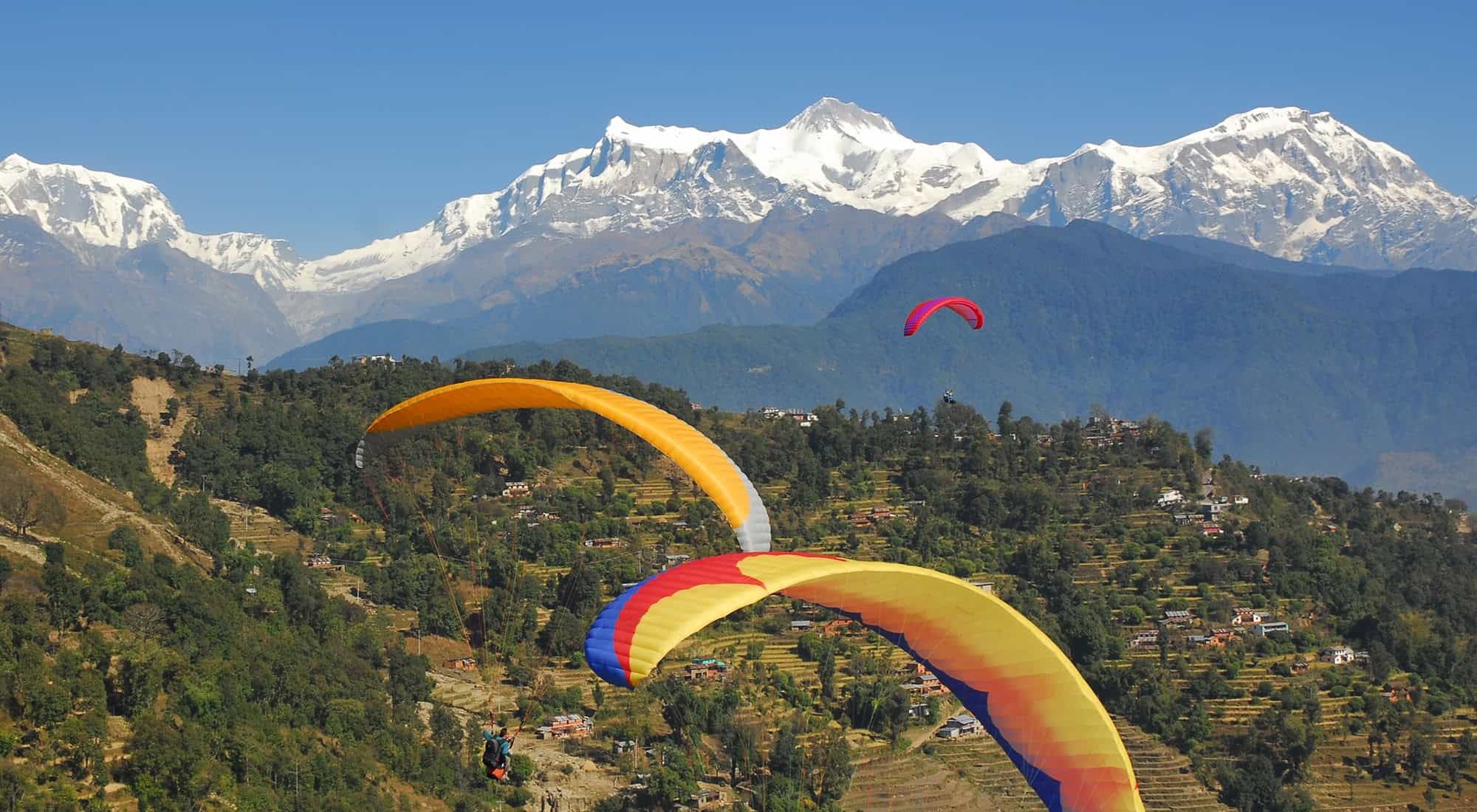There are numerous festivals to enjoy, a highlight for many people and worth witnessing if you have the chance. Every temple has its special festivals. Some, like Pashupatinath in the Kathmandu Valley, have festivals that draw Hindus from all over Nepal and India. Others are village and family events. At festival times, you can see villagers walking in small groups, brightly dressed and often highly spirited. Two solar calendars, the Nepalese and Gregorian, are in common use, but there are three lunar calendars: Nepalese, Newari and Tibetan. Exact dates of festivals change annually and are calculated by astrologers. The Department of Tourism in Kathmandu publishes an annual brochure. The Nepali New Year is in mid-April and the two most important festivals are Dasain and Tihar in September/October (Nepali months are in brackets).
January-February (Magha)
Magha Sankranti marks the transition from winter to spring. Tribeni Mela, on the new moon, is held on the banks of the Narayani river. Basanta Panchami celebrates the start of the spring season. Ceremonies at Kathmandu’s Hanuman Dhoka Palace, street parades by children and dedications at temples characterize this festival. Magha Purnima is celebrated on the last day of Magha, when bathers walk from the Bagmati river ghats to various temples and take a ritual bath in the Salindi river.

February-March (Phalgun)
Rashtriya Prajatantra Divas (or Democracy Day) includes parades and processions to celebrate the 1951 overthrow of the autocratic Rana regime. Holi is a colourful festival to mark the beginning of spring. People put on new clothes which get ruined when they go around throwing coloured powder, coloured water and just plain water (often in small balloons), at each other. The Tibetan New Year is marked by colourful processions and vigils, especially at Swayambhunath and Bodhnath. Maha Shiva Ratri (‘Great Shiva’s Night’) is marked with special celebrations at Pashupatinath which hosts a giant mela (fair). There are all-night vigils and music, while many pilgrims take a holy bath every three hours. There is also a gun salute at Kathmandu’s Tundikhel and thousands of oil lamps and bonfires at night brighten the festivities.
March-April (Chaitra)
Ghorajatra is celebrated especially in Patan with horse races and displays of gymnastics and horsemanship. Animal sacrifices are offered in the temples of the Ashta Matrikas (‘eight mother goddesses’). Pasa Chare is a Newar festival, a time of hospitality among Newari people. On the same day as the horse show of the Ghorajatra festival, the demon Gurumpa is carried to the Tundikhel in a midnight procession. Chaitra Dasain and the festival of the Seto Macchendranath occur simultaneously in Kathmandu. Ram Navami, at the magnificent Janaki Mandir in Janakpur, celebrates the birthday of Rama.
April-May (Baisakh)
Nepali New Year celebrations of Bisket in Bhaktapur, Balkumari Jatra in Thimi, and Rato Macchendranath Jatra in Patan. Matatirtha Snan in late April is highlighted by ritual baths at Matatirtha, near Thankot, for people whose mothers have died in the past year. Astami is highlighted in Naxal by ritual sacrifices to ensure a prosperous summer. Buddha Jayanta is celebrated throughout Nepal to mark the birthday of the Buddha. There are many pilgrimages to Buddhist shrines, especially to the Swayambhunath and Bodhnath stupas.
May-June (Jyestha)
Sithinakha, throughout the Kathmandu Valley, celebrates the ‘divine warrior’ by giving domestic offerings. Mani Rimdu is a three-day Sherpa religious festival at Namche Bazaar’s Thame Monastery. Monks seek to gain merit by performing masked dramas and dances. The festival is repeated six months later at the Thyangboche Monastery.
July-August (Shrawan)
Ghanta Karna is held in all Newar settlements and marks the completion of the paddy planting season in the Kathmandu Valley. The festival is a remnant of demon worship and the decorations are intended to ward off evil spirits. Naga Panchami, in the Kathmandu Valley, honours the nagas, the divine serpents with control over rain. Celebrations include pinning paintings depicting nagas to doors and being blessed by priests. Lakhe, mask dancing, also starts in Kathmandu. Janai Purnima, or Rakshya Vandhana, is celebrated in honour of Shiva Mahadev (‘Shiva Great God’) with special festivities held at the Kumbeshwar Mandir in Patan and at Gosainkund Lake in the mountains north of the valley. Brahmins and Chhetris renew their munja (sacred thread) on this day, while priests distribute yellow threads (rikhi doro) to other castes.
August-September (Bhadra)
Indrajatra starts in Bhaktapur with the erection of a tall wooden pole to honour the God of Rain. Krishnastami is celebrated in 11 sanctuaries and temples dedicated to Krishna, especially the Krishna Mandir in Patan’s Durbar Square which commemorates Krishna’s birth with offerings of tulsi plants. Pancha Dan (or Banda Jatra), the festival of the five summer gifts, is celebrated at the Swayambhunath stupa and throughout the Kathmandu Valley. Women give rice and grains to priests who march through the streets chanting hymns. Gokarna Aunshi, Fathers’ Day, is highlighted by ritual bathing in the Bagmati river at Gokarna commemorating fathers who have died during the year. Teej Brata is marked throughout the Kathmandu Valley with prayers to Shiva and Parvati for a happy married life. Married women traditionally wear their scarlet and gold wedding saris and take ceremonial baths in the Bagmati to honour husbands.
September-October (Ashwin)
The Ganesh Festival, on the September full moon, honours Ganesh without whose blessing no religious ceremony or major undertaking begins. Dasain (or Durga Puja) is the major annual festival. On the first of the 10-day festival, puja is marked in homes by planting and nurturing barley seeds in sand and water from the holy river. The devout bathe in holy places over the next nine days. On Phulpati, the seventh day, sacred flowers and leaves from the Gorkha palace reach Kathmandu where they are received by crowds accompanied by brass bands at the Hanuman Dhoka gate and the firing of guns in the Tundikhel. On the eighth day, Mahasthami, the devout fast and sacrifice animals including buffaloes, sheep and goats on Kalratri (‘black night’). This is followed on the ninth day with elaborate mass sacrifices at the magnificent Taleju Mandir in Kathmandu’s Durbar Square (open to Hindus on this single day alone) and the sprinkling of the blood blessed by the temple’s eponymous goddess on all vehicles and instruments in the hope of preventing accidents. The climax is on the 10th day, Vijaya Dashami (the Day of Victory), which marks the triumph of Rama and Durga over evil. Hindus receive a tikka of vermillion, curd and rice on the forehead from elders to ensure health and happiness. The fortnight ends with the full moon night when many women start a month-long fast. Dasain has eight days of masked dances in Patan’s Durbar Square with kite flying and erection of bamboo swings.
October-November (Kartik)
Tihar (or Diwali) is the five-day festival of lights. On the first day, small lamps are lit and the first portion of the family meal is given to crows. On the second day, dogs are decorated with garlands and a tikka on the forehead. The crow and the dog are associated with Yama, the god of death, who is propitiated with offerings and thanks. The third day is marked with worshipping and garlanding cows. It is also Lakshmi Puja when thousands of tiny wick lamps and candles are lit on windowsills and in homes throughout the country, to invite the goddess of fortune to enter the home, and fireworks are set off. The fourth day is Newari New Year when people worship the divine in one’s self (Ma Puja – ‘me worship’) and families get together. The fifth and final day is Bhai Tika, when sisters place multicoloured tikkas on their brothers’ foreheads to protect them from evil, and brothers make generous gifts in return. Tihar marks the end of the harvest, the beginning of the year and the worship of animals. Haribodhani Ekadasi is a pilgrimage in honour of Vishnu to Budhanilikantha. Rato Macindrnath, with its great 60-ft-high chariot being towed around Patan by hundreds of devotees, is to hasten the onset of the pre-monsoon rains; Ghora Jatra is the horse festival on the Tudhikel in the middle of Kathmandu; and Gai Jatra, the cow festival during the monsoon in Bhaktapur, is when the souls of those who died during the previous years are released to rest in peace. And it is not only the big cities that celebrate the festivals, there are nearly as many in the hill villages and along the length of the Terai as well.
November-December (Marga)
Bala Chaturdasi is celebrated with a pilgrimage to Pashupati and offerings to the deity, Pashupatinath. Lighting of oil lamps on the first night of celebrations is followed by a morning bathe in the Bagmati river. Pilgrims follow the traditional route through the Mrigasthali Forest offering seeds and sweets so that dead relations can benefit in the next world. Vivaha Panchami in Janakpur recalls Rama’s marriage to Sita with drama, dance and music.










